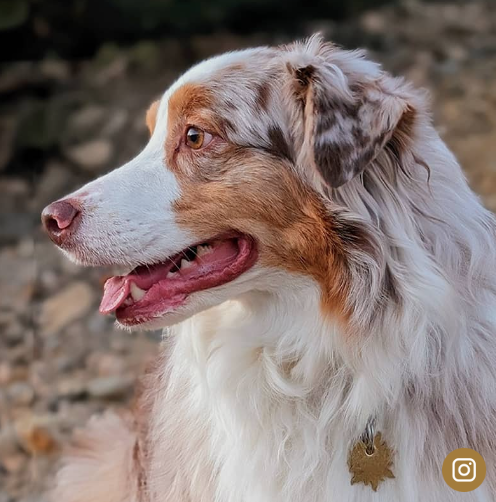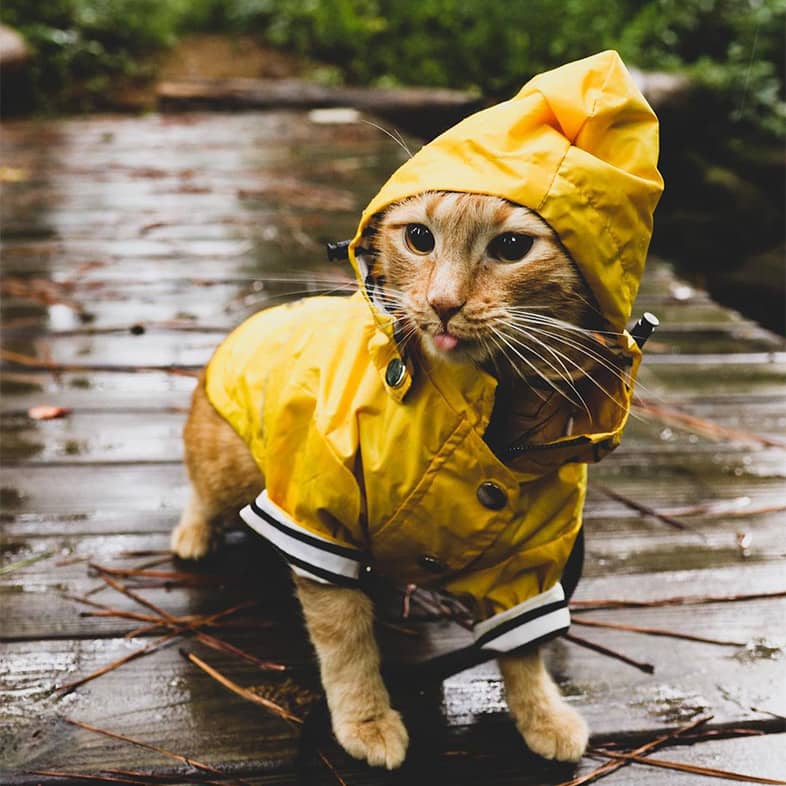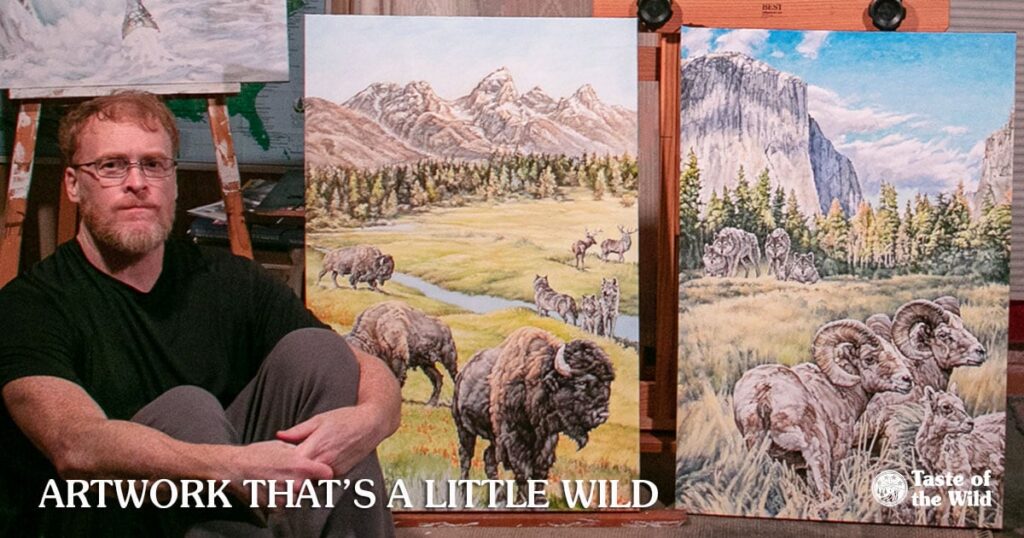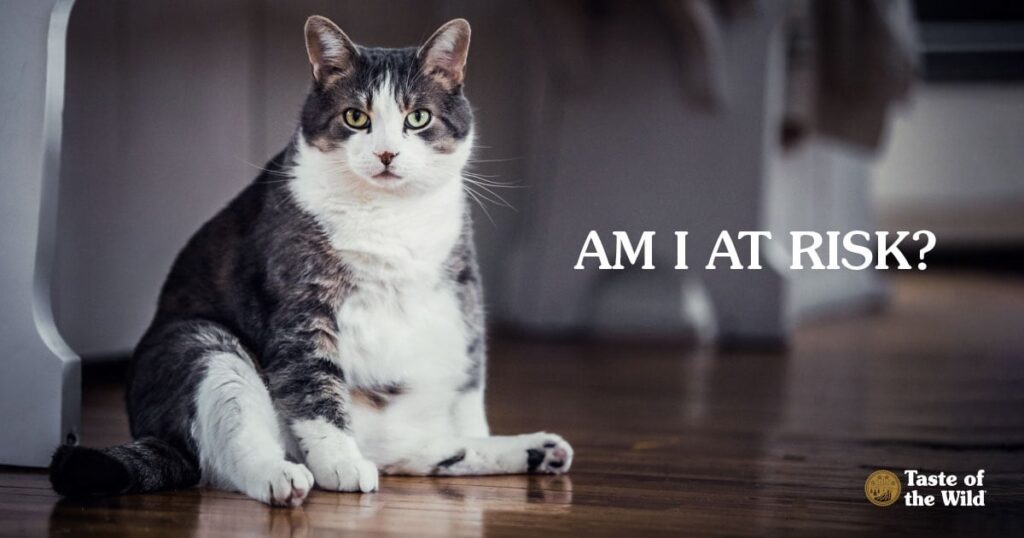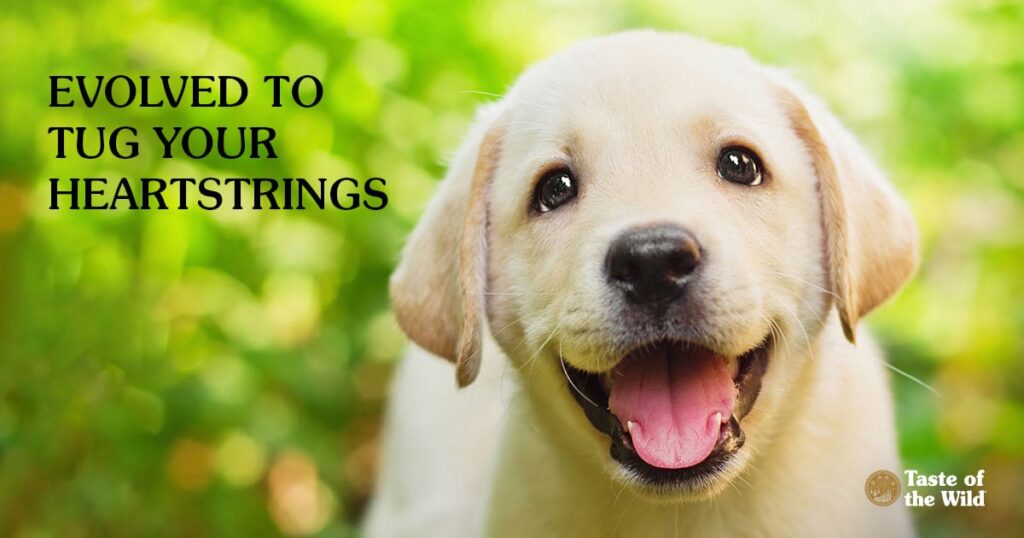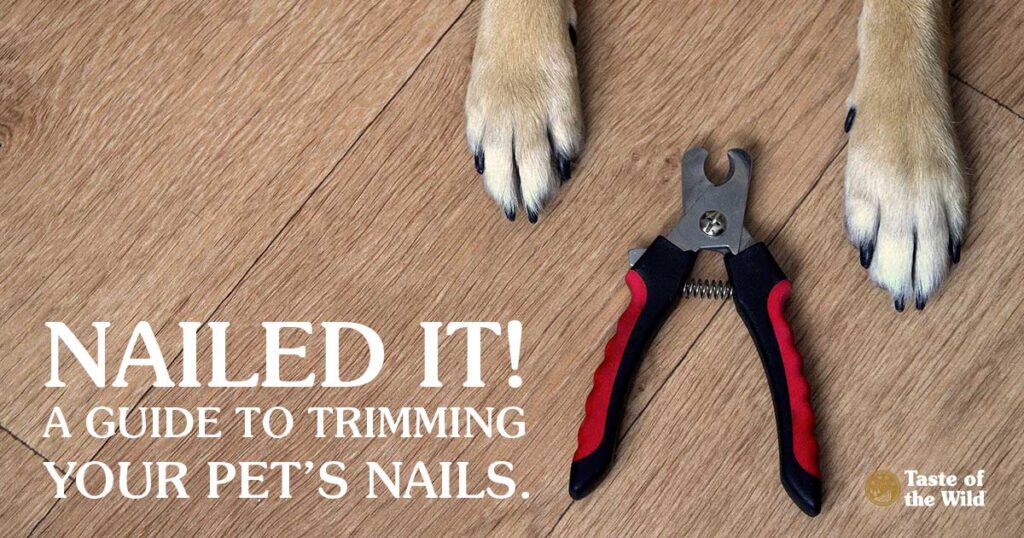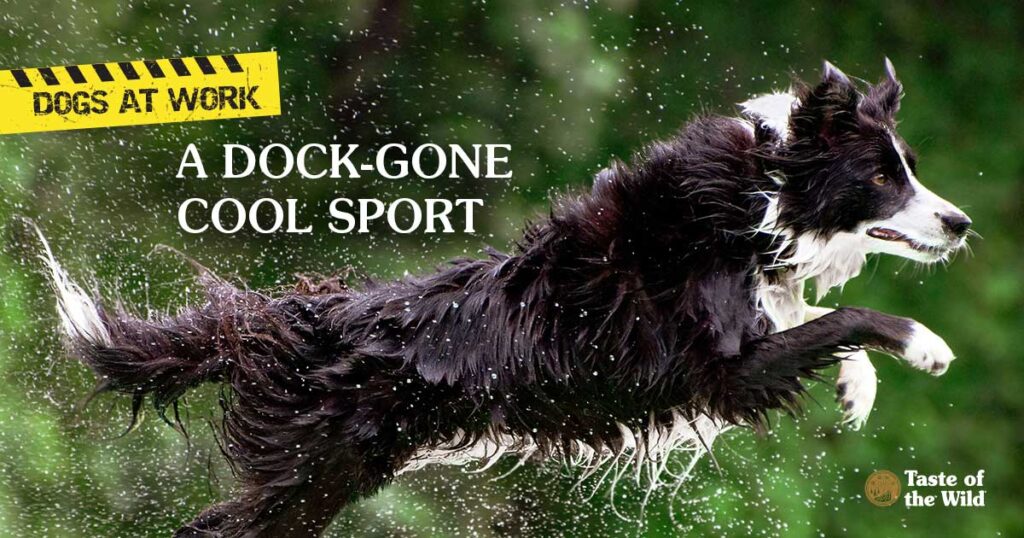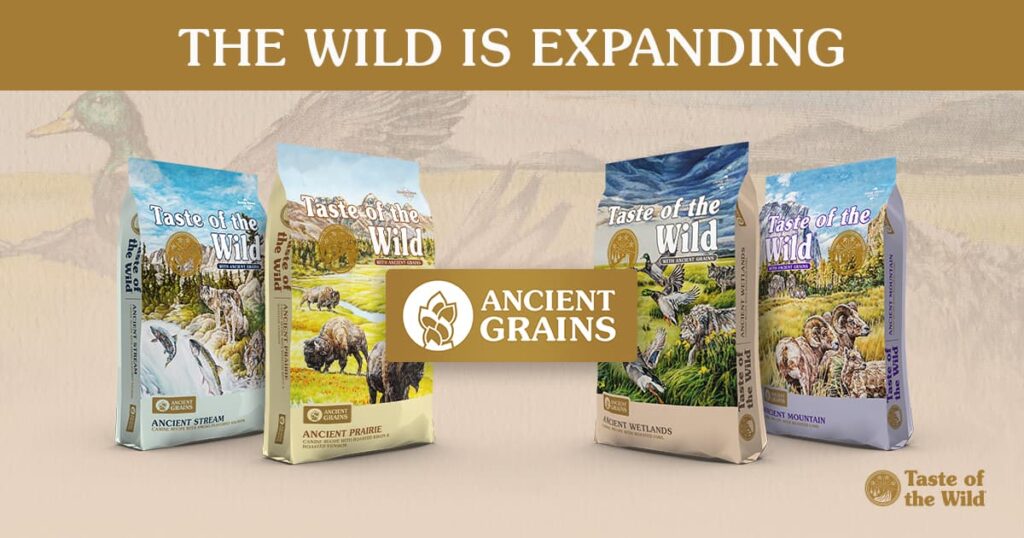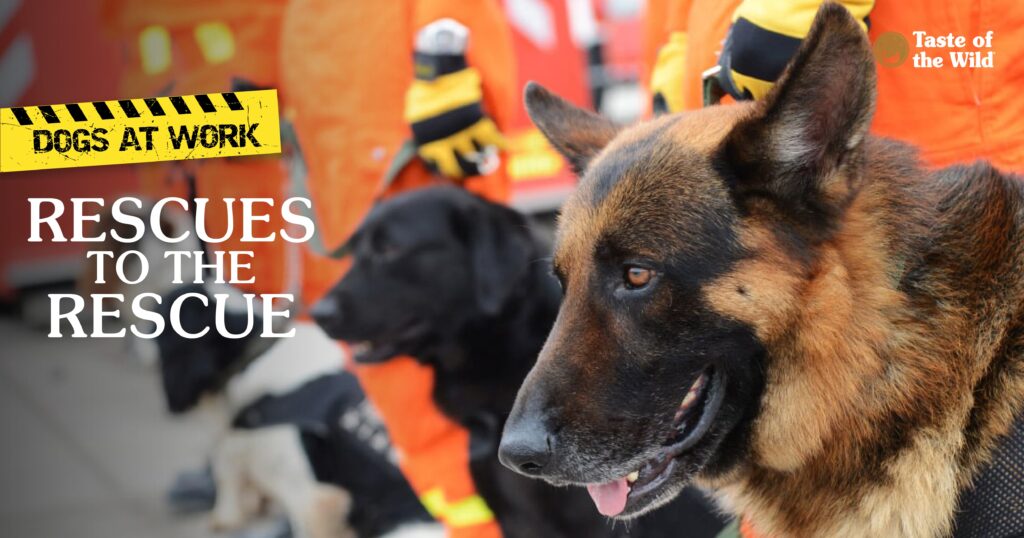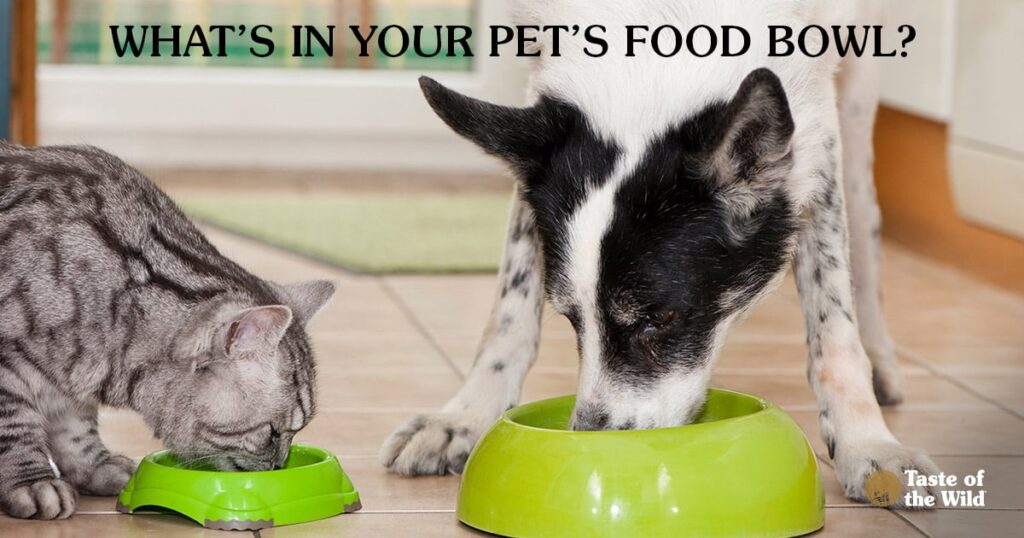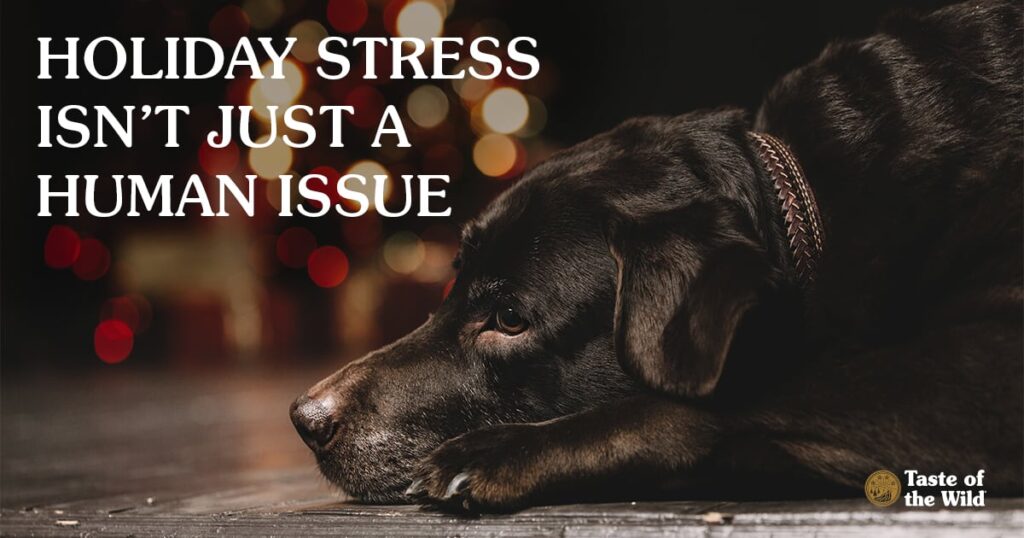
‘Tis the season when your typically calm household is transformed into a carnival of twinkling lights, choruses of “O Tannenbaum” and scents of baking gingersnaps, not to mention the onslaught of relatives from near and far. That includes Uncle George, who will undoubtedly slip your pet barbecued wienies under the table again this year.
While some people thrive on all the hubbub, it can be overwhelming for others — including your pet. Here’s what you can do to make the holidays less stressful for your dog or cat.
Recognize the signs of pet anxiety
It’s not always easy to tell if your pet isn’t feeling the holiday spirit, because the signs of anxiety can be subtle. Many pets may cower or withdraw, tunneling under the bed or burrowing into the laundry basket in the basement. They may leave their food mounded in their bowls, untouched.
Dogs that are anxious may pant and pace around the room, lick their lips or — surprisingly — yawn. Cats may flick their tails, groom excessively, slink across the room with their heads and tails down or simply crouch quietly with dilated eyes. Some cats may decide to eschew the litter box and use your slipper instead.
There is a number of simple things you can do to help your pet feel at ease during the holidays:
Provide a quiet place to get away — Create a safe room where your pet can get away from the noise and chaos. Place their favorite bed inside and consider playing calming music. There are also pheromone sprays, collars and diffusers containing dog or cat pheromones that can have a soothing effect. Help distract your pet from the commotion in other parts of the house with a food puzzle that encourages them to focus on working for their meal.
Help relieve stress with exercise — A brisk, midday walk or a trip to the dog park can help your pooch work off stress or simply tire them out so they fall into the dog beds exhausted in the early evening. For your cat, devote 10 minutes periodically throughout the day to play with a feather toy, laser pointer or stuffed mouse.
Try to stick to a normal routine — Most pets are creatures of habit, so making sure they are fed and walked according to a regular schedule can help reduce stress levels.
Avoid dietary changes — You don’t feel great when you binge on holiday foods, and your pet won’t either. Try to limit your well-meaning relatives from sneaking treats under the table because sudden changes in food can cause tummy upset. And many holiday foods contain ingredients such as chocolate, which can be toxic.
All quiet on the litterbox front — To help prevent house-soiling accidents, make sure your cat’s litterbox is in a quiet, low-traffic area of the house. If necessary, place extra litter boxes in quiet spots where your cat can access them without walking through a crowd.
Consider medications — If your pet has severe holiday anxiety, talk to your veterinarian about supplements or medications that might help.
With a little preparation, you can make sure your pet feels that all is calm during the holiday season.
